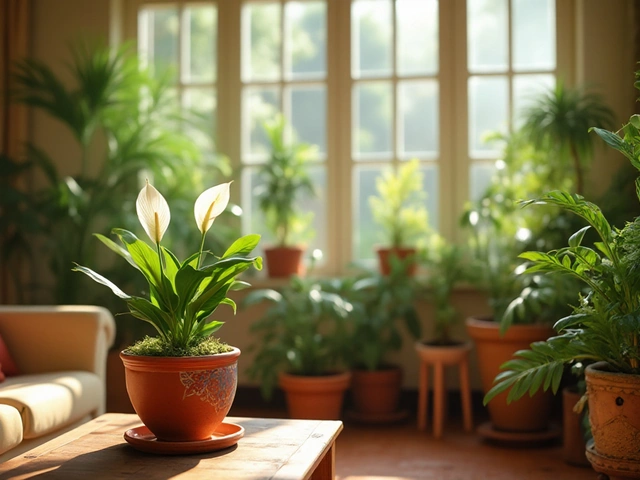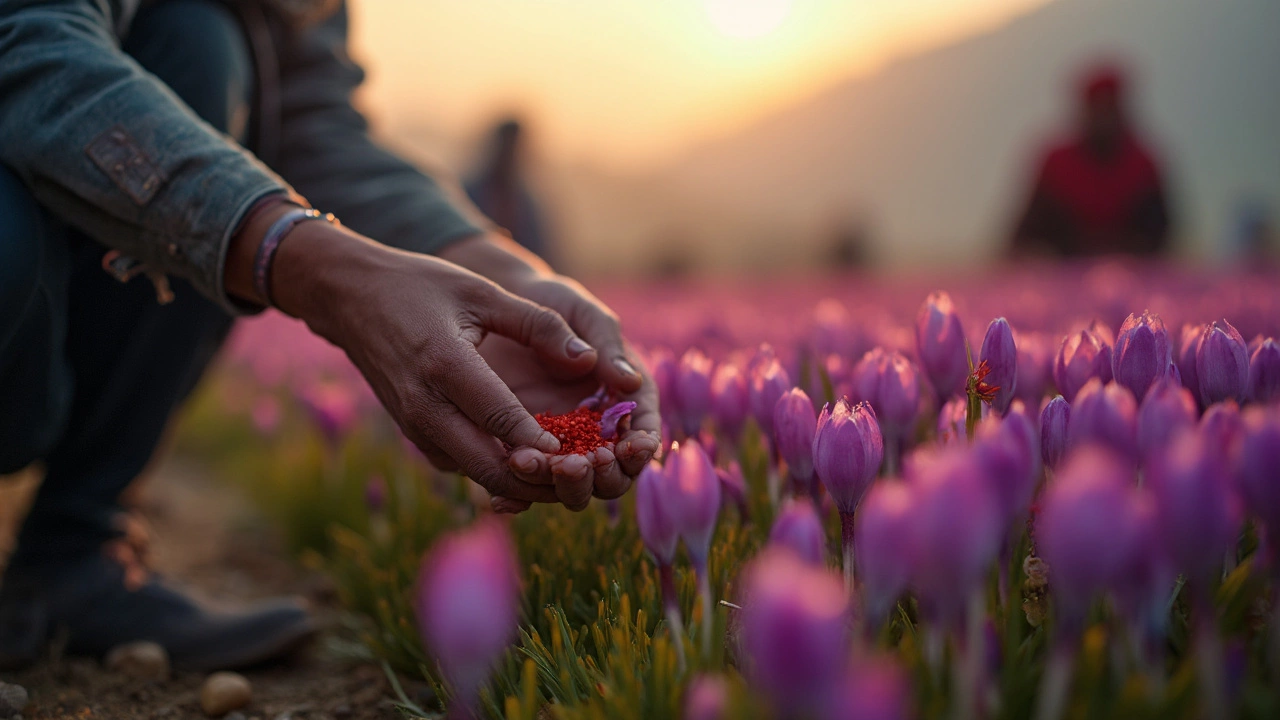Saffron Flower: How to Grow, Harvest & Use This Priceless Bloom
If you’ve ever wondered why saffron costs a fortune, the answer is simple – it comes from tiny flowers that need a lot of care. Each crocus flower produces only three red threads, and you have to hand‑pick them. But the good news is you can grow this luxury spice right in your own garden without spending a fortune on imports.
First, pick a spot that gets full sun for at least six hours a day. Saffron loves well‑drained soil; heavy, water‑logged ground will rot the bulbs. If your garden soil is heavy, mix in coarse sand or fine gravel to improve drainage. A pH between 6 and 8 works best, so a quick soil test can save you headaches later.
Growing Saffron in Your Garden
Buy healthy corms (the bulb‑like part of the plant) from a reputable supplier. Plant them in late summer or early autumn, about 10‑15 cm apart and 10 cm deep. Space matters – crowding reduces flower production. Water the soil lightly after planting, then let it dry out. Saffron doesn’t need a lot of water; over‑watering is the most common mistake.
Mulching with straw or dry leaves helps keep weeds down and protects the corms from extreme temperatures. In most Indian climates, the plants go dormant in the hot summer. Let the foliage die back naturally; this lets the corms store energy for the next season.
Harvesting & Storing Saffron Threads
When the purple crocus blooms (usually October‑November), you’ll see a cup‑shaped flower with three vivid red stigmas. Pick the flowers early in the morning, before the sun gets too hot. Use tweezers or a small spatula to pull out the three threads gently – any break reduces quality.
Dry the threads quickly on a fine mesh in a dark, well‑ventilated area. A temperature around 30‑35°C works best; avoid direct sunlight, which can bleach the color. Once dry, store the threads in an airtight container away from light and moisture. Properly stored saffron keeps its flavor and color for up to two years.Use just a pinch in recipes – a little goes a long way. Whether you’re making biryani, kheer, or a simple tea, the flavor is unmistakable and adds a golden hue that impresses guests.
Growing saffron may feel like a hobby at first, but the payoff is worth the effort. With the right soil, timing, and careful harvesting, you can produce your own premium spice and save money in the long run. Give it a try this season and enjoy the satisfaction of turning a modest garden flower into culinary gold.
Most Expensive Flower in India: Saffron Magic and Mystique
Flower lovers in India often wonder which bloom tops the list in terms of price. This article digs into India's most expensive flower, revealing why it's so pricey, how it's grown, and what makes it so popular. Readers will get practical tips on growing these flowers at home and discover surprising facts about their trade and cultural importance. Even beginners will finish this article with a clear picture of what sets this flower apart. If you're thinking of adding a wow-factor plant to your garden, this is a must-read.
About
Flower Gardening
Latest Posts
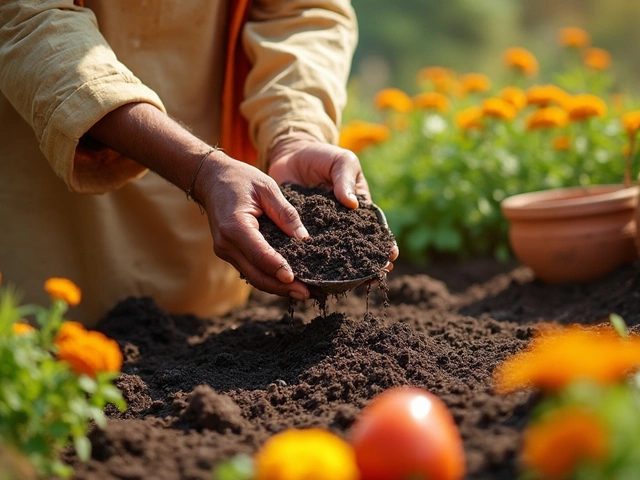
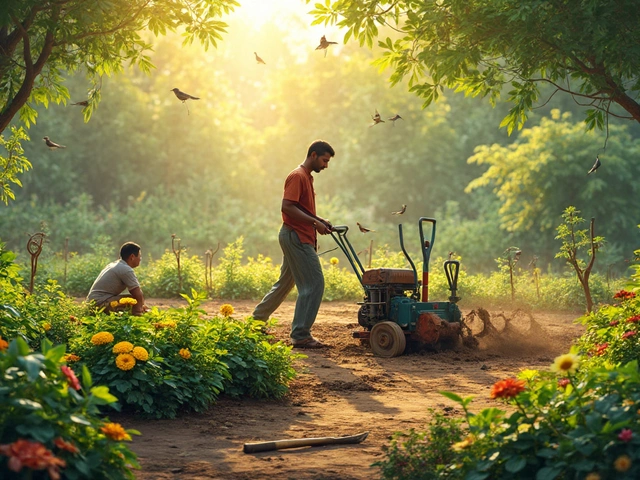
How to Break Up a Large Garden: Best Tools for the Job
By Alden Thorne Feb 11, 2025
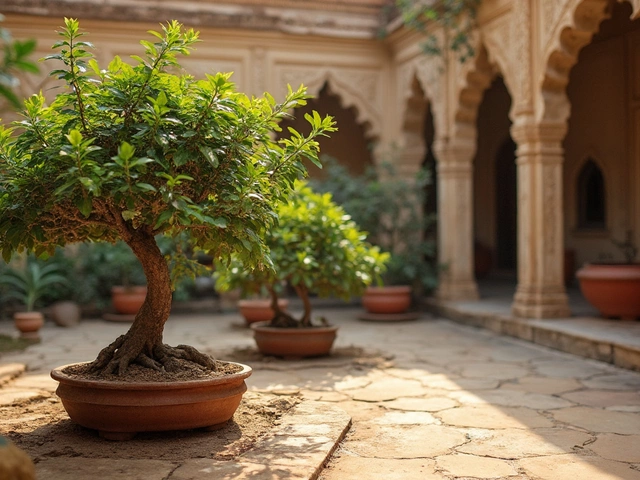
Identifying an Overwatered Bonsai Tree
By Alden Thorne Mar 15, 2025

What Not to Grow in a Greenhouse: Avoid These Flower Flops
By Alden Thorne Mar 24, 2025
